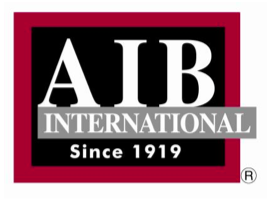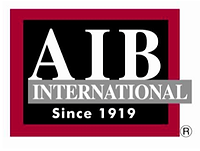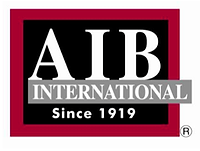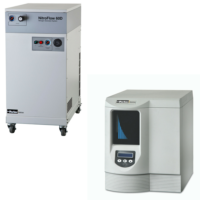New Webinars Announced by AIB International

AIB International’s newest webinars support the industry in preventing pathogenic microorganisms from entering the food supply chain and preparing for new BRC requirements. The Microbiology and Food Safety webinar and the Overview of BRC Transition to Version 7 webinar are available beginning April 1.
The Microbiology and Food Safety webinar shows food supervisors in quality assurance, quality control, and sanitation how to improve existing conditions and practices to prevent a costly product impact.
“When pathogenic microorganisms enter the food supply chain, the situation quickly becomes a major public health challenge and concern,” says Lakshmikantha Channaiah, director of microbiology, AIB International. “Each year, foodborne illnesses affect millions of people and contaminated products cost the food industry billions of dollars in recalls, lost sales, and legal expenses.”
The webinar highlights pathogenic microorganisms, sanitation practices, prerequisite programs, and testing tools that impact a microbial control program to support industry efforts to effectively address microbial contamination.
The British Retail Consortium (BRC) recently published issue 7 of its Global Standard for Food Safety. In addition to revised clauses, Issue 7 introduces new requirements for food fraud, traceability, and supplier management. Certification audits against the new issue will begin July 1, 2015.
AIB’s Overview of BRC Food Transition to Version 7 webinar guides current and potential BRC Food clients through the transition from Issue 6 to Issue 7, and helps them prepare for the new audit requirements.
“AIB International continues to meet the food industry’s demand for convenient, timely training that delivers practical advice on hot topics from experienced professionals,” said Susan Hancock, Vice President, Innovation and Product Development, AIB International.
AIB International is committed to ensuring food companies establish proactive food safety programs that meet regulatory and consumer requirements and prevent food product contamination.
Looking for a reprint of this article?
From high-res PDFs to custom plaques, order your copy today!





